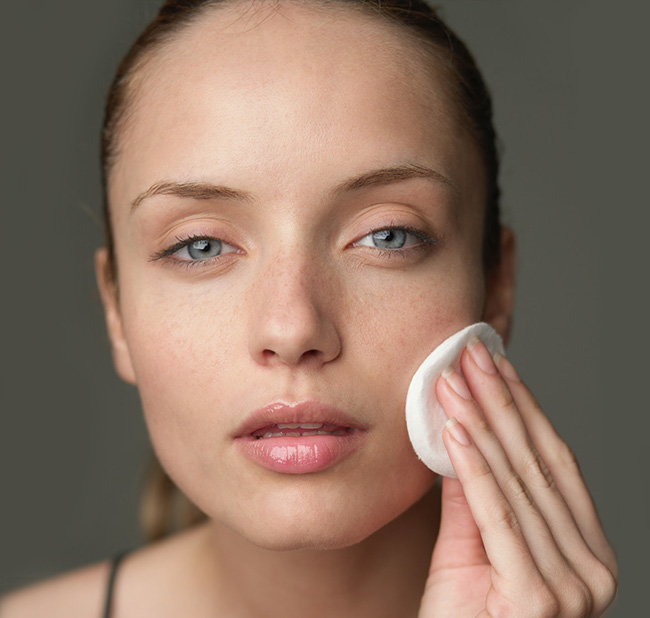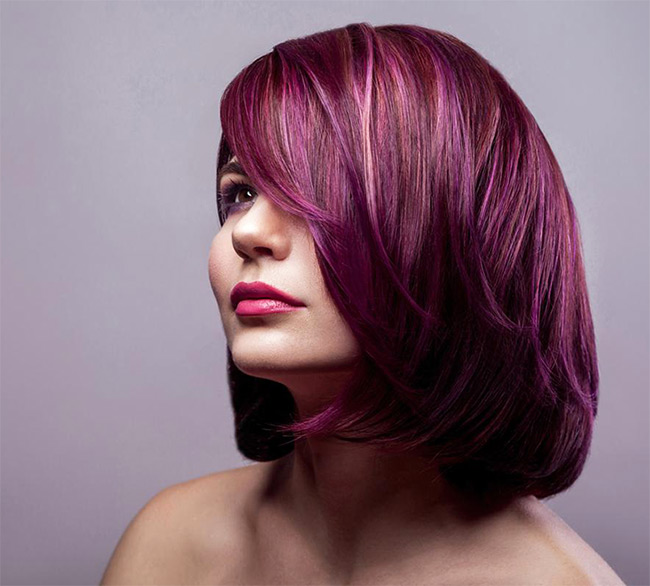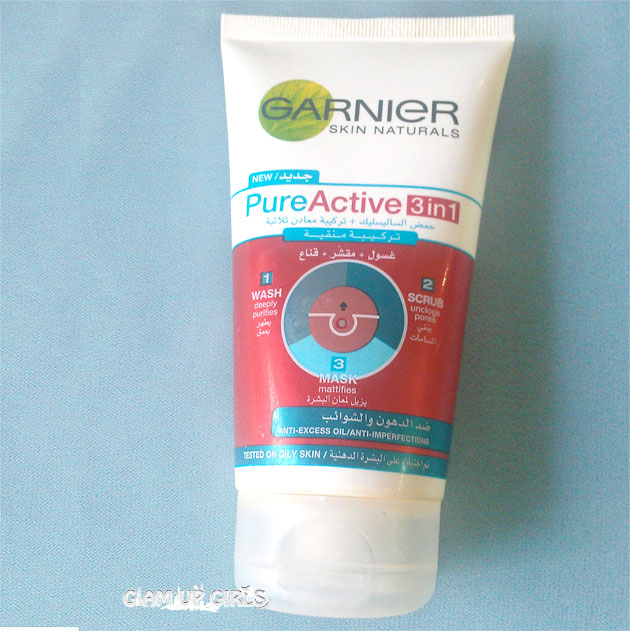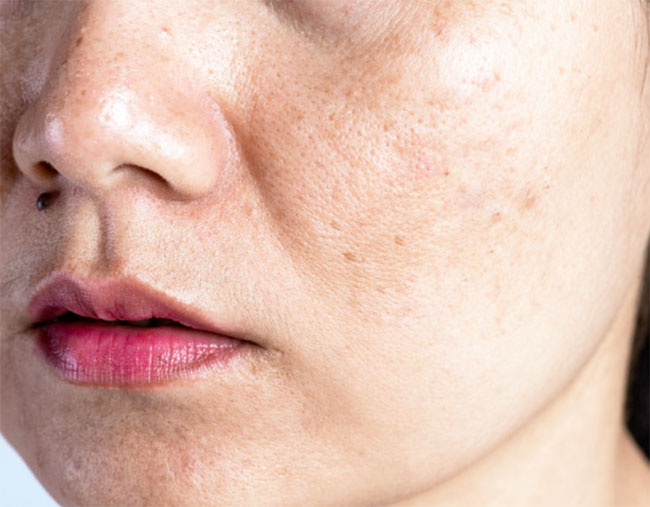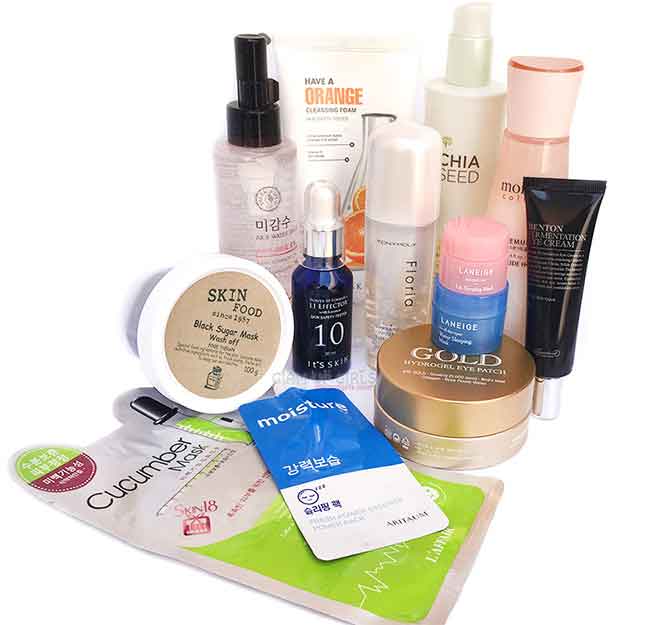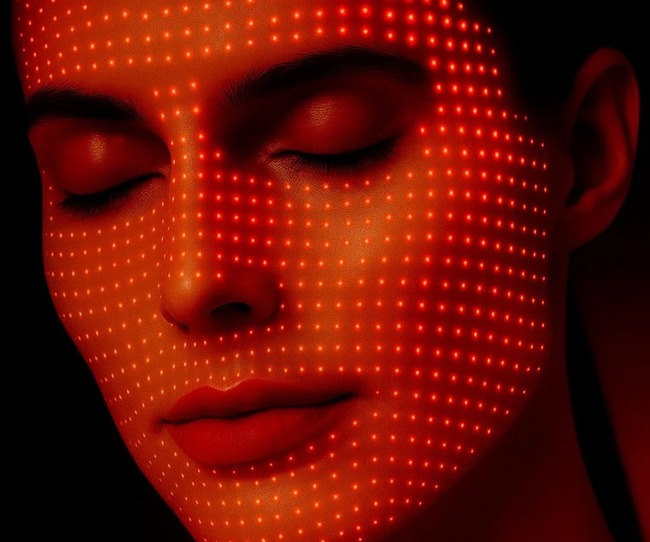1. Waxing: Long-Lasting Results for Smoother Skin
Waxing is one of the most popular hair removal methods, and it’s particularly great for winter since it provides long-lasting results. A good hair removing wax removes hair from the root, which means you can enjoy smooth skin for up to 4-6 weeks. Plus, with consistent waxing, hair tends to grow back thinner and sparser over time.
Tips for Winter Waxing
- Hydrate and Exfoliate: Since waxing can make dry, flaky skin more noticeable, it’s essential to exfoliate gently and moisturize a few days before your appointment.
- Avoid Hot Baths: After waxing, avoid hot showers or baths for 24 hours, as they can irritate your skin. Instead, stick to lukewarm water.
- Moisturize Regularly: Cold weather can leave your skin dry, so apply a hydrating body lotion daily to keep your skin smooth and to help prevent ingrown hairs.
- Best Areas to Wax: Legs, underarms, arms, and bikini area.
2. Laser Hair Removal: Semi-Permanent Solution for Finer Regrowth
Laser hair removal is a fantastic option if you’re looking for a long-term solution. This method uses laser light to target the hair follicles, which gradually reduces hair growth over time. Winter is an ideal time to start laser hair removal treatments because the skin is less likely to be exposed to the sun, minimizing the risk of sensitivity and discoloration. You can either go to professional laser clinics or use at home hair removal laser devices.
Tips for Laser Hair Removal in Winter
- Stay Consistent: You’ll need multiple sessions spaced a few weeks apart for the best results, so starting in winter can ensure you’re smooth by summer.
- Use SPF Daily: Even if you’re bundled up, it’s essential to use SPF on areas that will be treated with laser, as skin exposed to UV rays can be more sensitive to the laser.
- Moisturize with Aloe Vera Gel: After each session, apply aloe vera gel to soothe the treated area and reduce any redness.
- Best Areas for Laser Hair Removal: Underarms, legs, bikini line, and face.
3. Sugaring: Natural and Less Irritating Than Waxing
Sugaring is an ancient hair removal technique similar to waxing, but it uses a natural paste made from sugar, lemon, and water. The mixture is applied to the skin and removed in the direction of hair growth, which can be less painful than waxing and reduces the chance of ingrown hairs. Sugaring is also gentler on sensitive winter skin.
Tips for Winter Sugaring
- Avoid Dry Skin: Sugaring may not adhere well to overly dry skin, so it’s crucial to keep your skin hydrated with a lightweight lotion leading up to your sugaring session.
- Opt for Natural Moisturizers: Post-sugaring, use moisturizers with natural ingredients like coconut oil or shea butter to soothe your skin.
- Exfoliate Regularly: Gently exfoliate a few days after your sugaring session to avoid ingrown hairs and keep your skin smooth.
- Best Areas for Sugaring: Legs, arms, bikini line, and face.
4. Shaving: Quick and Convenient for Regular Touch-Ups
Shaving is the go-to hair removal method for many people because it’s quick, painless, and can be done right at home with right razor. While shaving doesn’t last as long as other methods, maintaining a shaving routine in winter can be easy with the right techniques.
Tips for Winter Shaving
- Switch to a Hydrating Shaving Cream: Winter can dry out your skin, so swap your regular shaving cream for a moisturizing one with ingredients like aloe vera or shea butter.
- Use a Fresh Razor Blade: Dull blades can cause razor burn and skin irritation, which is especially uncomfortable in the colder months.
- Moisturize Right After: Lock in hydration immediately after shaving by applying a rich body lotion or oil to damp skin.
- Best Areas for Shaving: Legs, underarms, and bikini area.
5. Depilatory Creams: Gentle on Sensitive Skin
Depilatory creams dissolve hair just below the surface of the skin and can be an excellent option for those with sensitive skin who want a pain-free hair removal method. These creams are fast and effective but don’t provide the long-lasting results of waxing or sugaring. They’re ideal for smaller areas or quick touch-ups.
Tips for Using Depilatory Creams in Winter
- Patch Test First: Cold, dry skin can be more sensitive, so always do a patch test before using a depilatory cream on a larger area.
- Limit Frequency: Using depilatory creams too often can lead to irritation, so allow a few days between applications.
- Moisturize with Soothing Ingredients: Choose a moisturizer with soothing ingredients like aloe vera or chamomile after using depilatory creams to calm the skin.
- Best Areas for Depilatory Creams: Underarms, arms, and bikini line.
6. Epilators: Long-Lasting Results with Minimal Maintenance
A good quality epilator is a small device that removes hair from the root, similar to waxing, but it can be done in the comfort of your own home. While using an epilator can feel slightly uncomfortable, the results last longer than shaving and require minimal maintenance once you get used to it.
Tips for Epilating in Winter
- Warm Up the Skin First: Use a warm, damp cloth to soften the skin before epilating, as this can reduce discomfort.
- Go Slowly: Move the epilator slowly across your skin to capture all the hairs and prevent tugging.
- Apply a Rich Moisturizer: Since epilation can leave skin dry, apply a rich body cream afterward to keep skin hydrated and soft.
- Best Areas for Epilating: Legs, arms, and underarms.
Maintaining Smooth Skin in Winter: Essential Tips
Keeping your skin smooth and soft after hair removal in winter requires extra care. Here are some tips to help maintain your skin’s hydration and smoothness:
1. Exfoliate Weekly: Gently exfoliating once or twice a week removes dead skin cells and helps prevent ingrown hairs, allowing your moisturizer to absorb better.
2. Use a Humidifier: Winter air can be extremely drying, so running a humidifier at night can help maintain skin moisture, especially if you have dry or sensitive skin.
3. Choose Fragrance-Free Products: Cold weather can make skin more sensitive, so opt for fragrance-free moisturizers and creams to prevent irritation.
4. Stay Hydrated: Drinking plenty of water is essential for healthy skin, even in winter, as it helps keep skin plump and moisturized from within.
5. Wear Soft, Breathable Fabrics: After hair removal, your skin might be a bit more sensitive, so avoid rough fabrics and opt for softer, breathable materials like cotton.
Maintaining smooth skin in winter doesn’t have to be a hassle with the right hair removal method and proper care routine. Whether you prefer the convenience of shaving, the longevity of waxing, or the benefits of laser treatments, winter can be the perfect season to achieve soft, radiant skin. The key is to hydrate, exfoliate, and avoid anything that might dry out or irritate your skin. Enjoy a smooth, beautiful glow all season long with these methods and tips!


